First Impression: Aprilia Pegaso 650 - Motorcycle.com
Ever since 1976, when Yamaha's release of the XT500 created a market for what was loosely termed "dual-purpose" motorcycles, Europe has had a love affair with this class of bike.
Glamorized by events such as Paris/Dakar, the Trans-Sahara multi-stage North African rally, huge numbers of replicas were sold. However, these were replicas of form, not function -- the Sahara desert being as alien to them as Laguna Seca Raceway would be to an Electra Glide. But most owners of dual-purpose bikes aren't concerned with off-road capability anyway, as statistics have shown that for 95 percent of these bikes, the closest they ever get to a loose surface is the inevitable close encounter with dog turds that litter European cities. In the never-ending search for niche markets within a niche market, a new variant of this type of bike has been evolving. The basic design parameters of wide bars, high seat, long suspension, narrow frame, and single cylinder 4-stroke engine have been taken and worked into models that owe more to high-tech industrial design than the sand dunes of the Sahara. An excellent example of this is Aprilia's Pegaso 650-3, now into its third stage of the evolutionary cycle.
Changes to the Aprilia's chassis have resulted in a slightly slower-steering bike. It is still very nimble through traffic, and although requiring a little more work, cuts through corners with excellent stability. The Michelin TX66 tires fitted to our test machine have a very light off-road pattern and worked exceptionally well on tarmac, allowing you to crank the Pegaso over to sport bike angles without a hint of traction loss. With its high footrests and no center stand, ground clearance is endless. You'd have to be very close to running off the edge of the tires before anything touched down.
Taking a gentle detour through the woods along a hardened fire-road has the Pegaso coping reasonably well. Unfortunately, the inverted Marzocchi forks are quite soft and cannot be adjusted, while the Boge rear shock has a virtually inaccessible rebound damping adjuster. Quicken the pace, or move into rougher terrain and the suspension is quickly overwhelmed. Avoid heavy sand at all costs. The Michelins can't cut through it and the bike digs itself in. Suddenly its 352-pound weight feels more like 600 pounds and you're trying to heave a full-dress 'Wing out of kitty litter.
With a fuel tank that hold 22 liters of unleaded and an engine that gulps at a miserly 16 to 20 Km per liter (39 to 50 mpg), you can expect a range of about 400 Km (250 miles). Owners will be praying it were shorter, as one thing Aprilia has not got right is the Pegaso's seat. It feels luxuriously soft as you first ease yourself into the saddle, but after an hour you begin to feel like you're sitting on the upper frame tubes. Spend a day in the saddle of the Pegaso and you'll need a week to recover. Strange really, as Aprilia clearly had some light touring in mind, as witnessed by the optional set of hard-shell cases that clip straight on to its standard rack. A handy centerstand is also offered as an accessory. The really dedicated owner can also splash out for an optional fully adjustable rear shock, with remote reservoir for dialing compression and rebound damping.
Perhaps, we might just be witnessing the birth of a new type of market segment -- the Urban All-rounder -- visually impressive and flexible enough to be used for many different roles. BMW's F650, following the same concept and built by Aprilia using the 4-valve Rotax engine, has been a great success - but most likely as a result of its tank badge. The fact that Suzuki has introduced a very similar bike called the Freewind this year suggests that they too believe a new segment is emerging. It can be said Aprilia was in there at the start, and have given the rest of the world a tough act to follow with their Pegaso 650.
Specifications: Horsepower and Torque Charts
Manufacturer: Aprilia/Rotax
Model: 1997 Pegaso 650-3
Dutch Price: Fl. 14,490 ($7,600)
Engine: Liquid-cooled, 4-stroke DOHC, 5-valve single-cylinder
Bore x stroke: 100 x 83 mm
Displacement: 652cc
Compression Ratio : 9.0:1
Carburation: Mikuni BST33
Transmission: 5-speed
Wheelbase: 1480 mm
Seat Height: 840 mm
Fuel Capacity: 22 L
Claimed Dry Weight: 161 Kg (352 lbs)
Price Comparison:
(Holland)
BMW F650 - Fl. 14,950 ($7,870)
Suzuki Freewind - Fl. 13,499 ($7,100)
Honda NX650 Dominator - Fl. 14,950 ($7,870)
Thanks to Bruggeman Motoren, Nieuw Vennep, Holland for the use of their Dynojet dyno.
More by Colin MacKellar



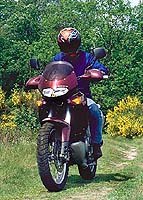









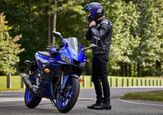
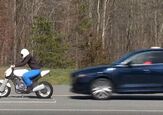
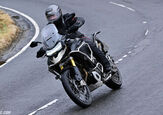
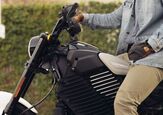
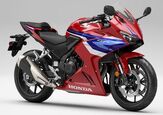
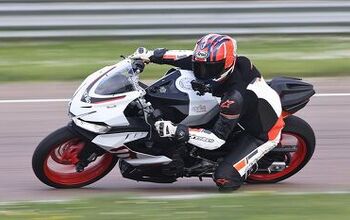

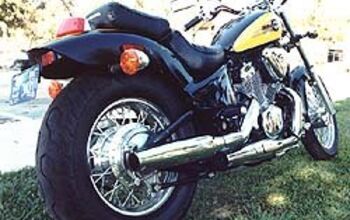
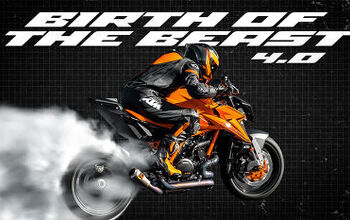
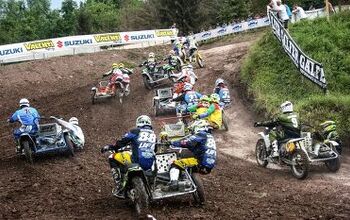

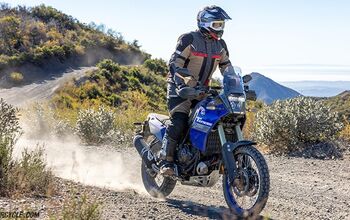

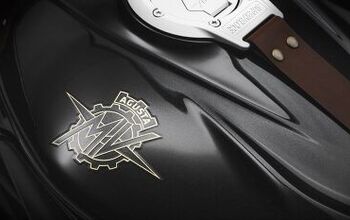
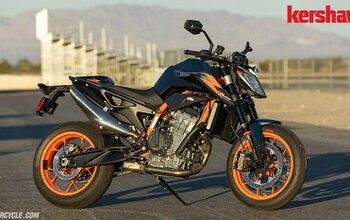
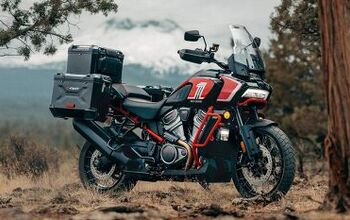
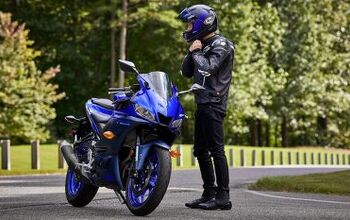

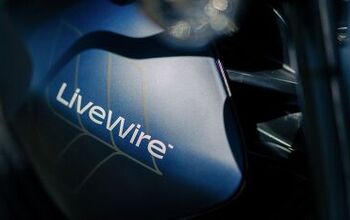
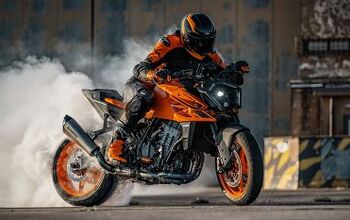
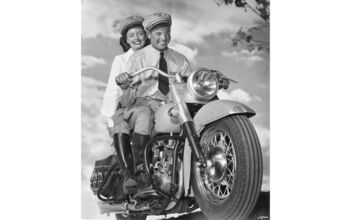
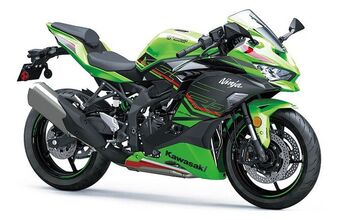
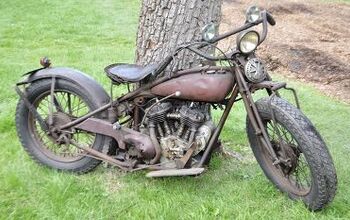
Comments
Join the conversation